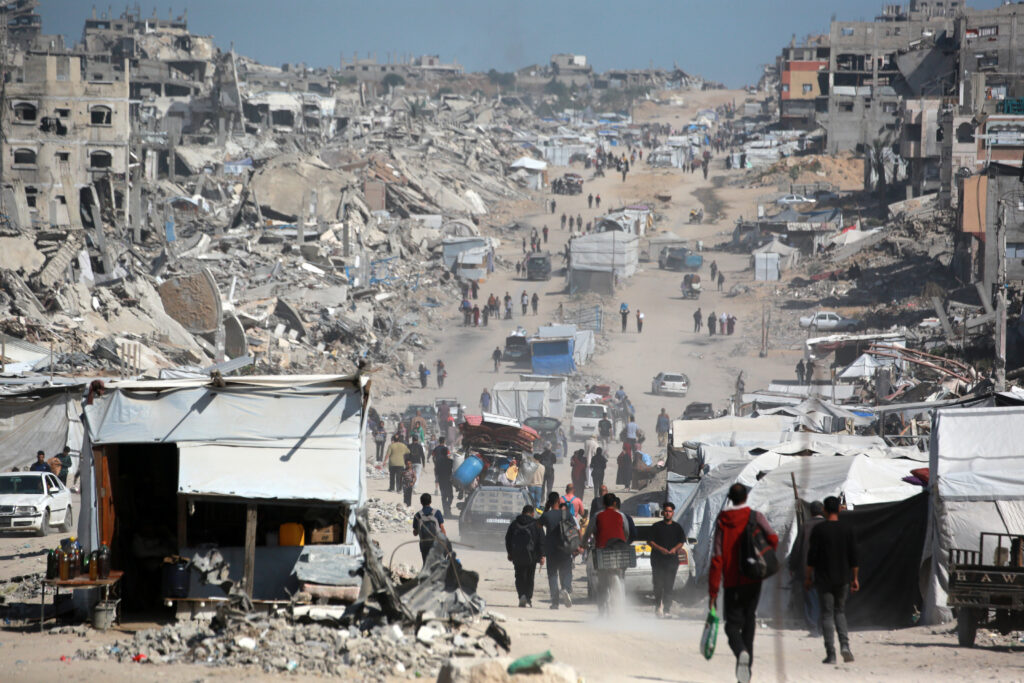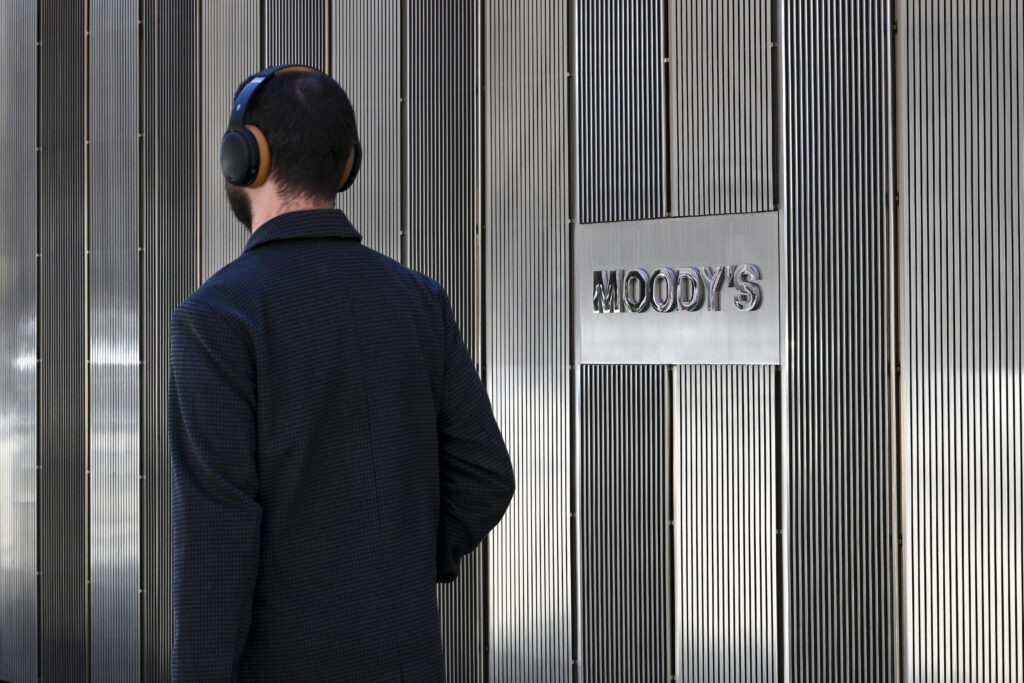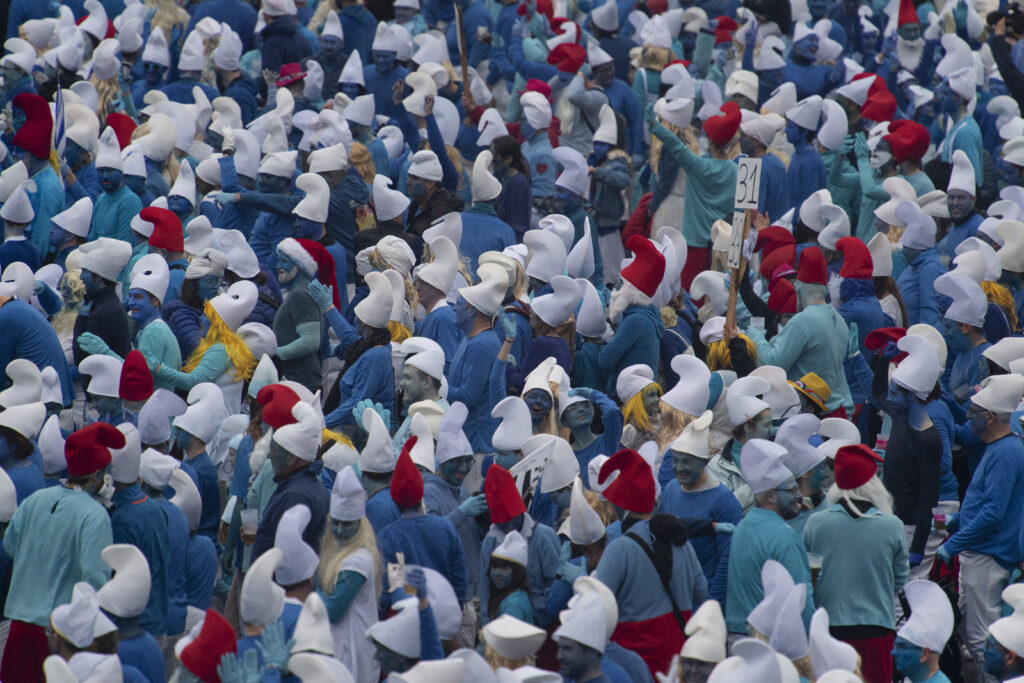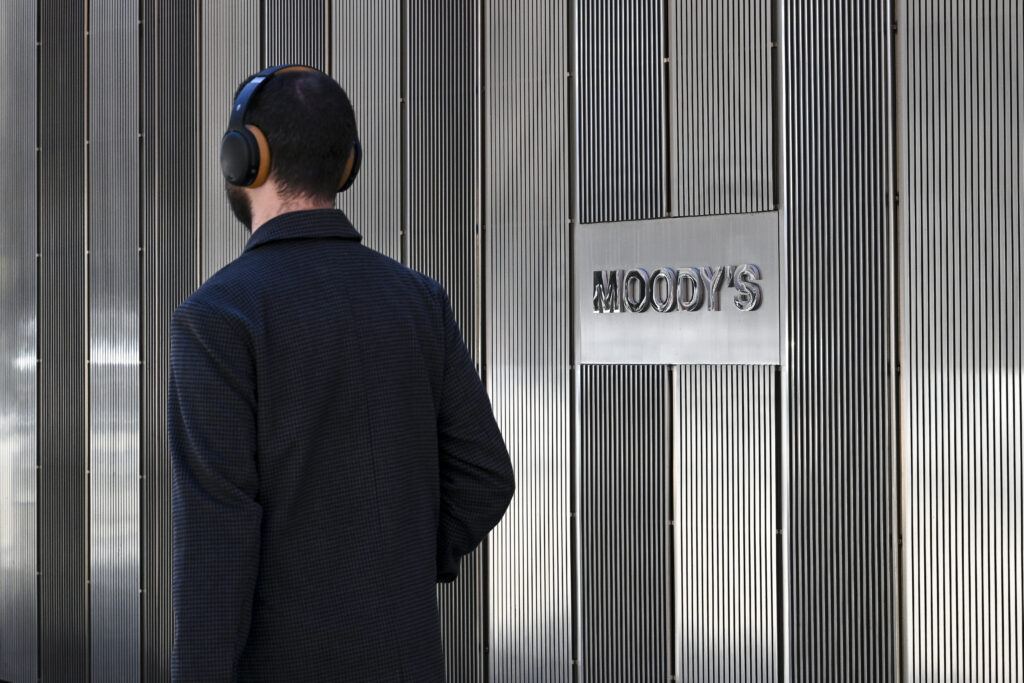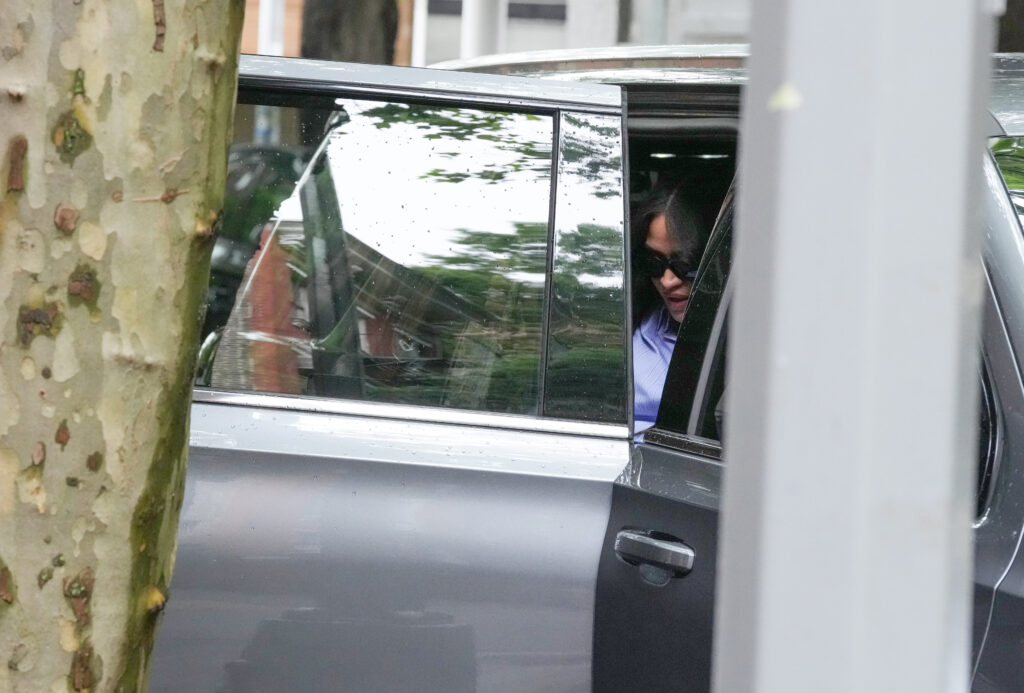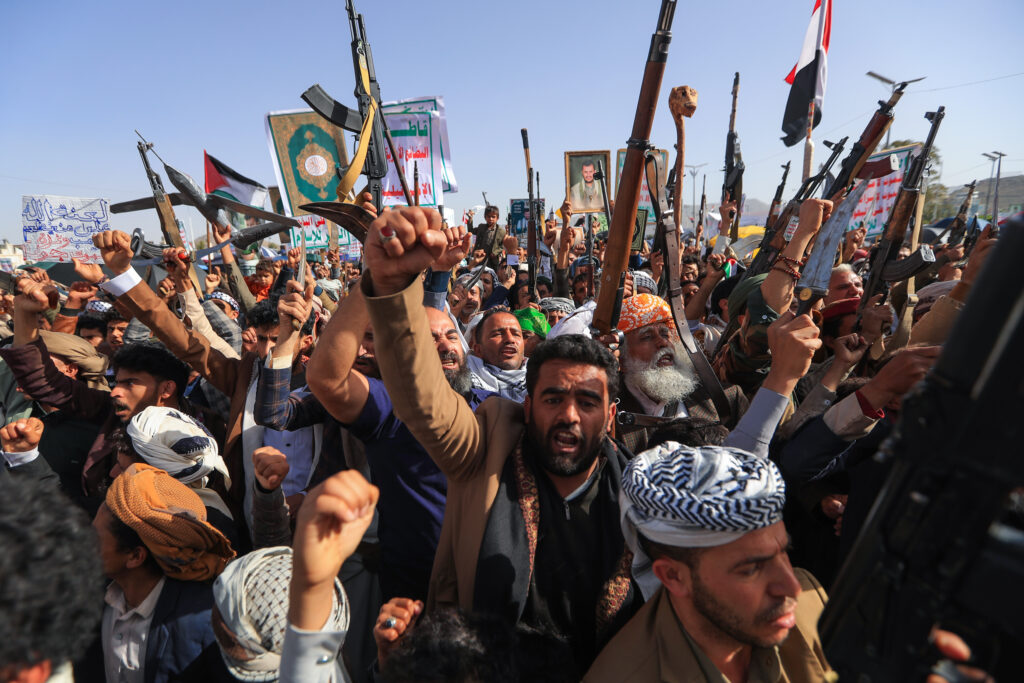Gaza: l’armée israélienne annonce avoir lancé une nouvelle campagne pour intensifier son offensive
L’armée israélienne a annoncé samedi avoir mené des “frappes d’envergure” sur Gaza marquant le lancement de l’intensification de son offensive sur le territoire palestinien dévasté par la guerre, où plusieurs jours d’intenses bombardements ont fait des centaines de morts.Malgré une montée en puissance des critiques internationales sur sa conduite de la guerre, déclenchée par l’attaque du 7-Octobre, le Premier ministre Benjamin Netanyahu avait averti lundi d’une prochaine entrée “en force” de l’armée à Gaza pour “achever l’opération et vaincre le Hamas”. Quelques heures à peine après la fin de la tournée dans le Golfe de Donald Trump, qui s’était ému de la faim dans le territoire palestinien, l’armée israélienne a indiqué avoir, “au cours de la journée écoulée, lancé des frappes d’envergure et transféré des forces pour prendre le contrôle de zones de la bande de Gaza”.”Cela s’inscrit dans le cadre des étapes initiales de l’opération +Chariots de Gideon+ et de l’expansion de l’offensive dans la bande de Gaza, dans le but d’atteindre tous les objectifs de la guerre, y compris la libération des otages et la défaite du Hamas”, a déclaré l’armée tôt samedi sur les réseaux sociaux.Après une trêve de deux mois, l’armée israélienne a repris son offensive le 18 mars à Gaza et s’est emparée de larges pans du territoire. Le gouvernement Netanyahu a annoncé début mai un plan pour la “conquête” de Gaza, qu’Israël avait occupée de 1967 à 2005, nécessitant le déplacement interne de “la plupart” de ses 2,4 millions d’habitants. L’agence de défense civile de Gaza a affirmé que les frappes israéliennes avaient tué au moins 100 personnes vendredi, après avoir fait état de plus de 80 morts mercredi et plus de 100 morts jeudi.- Soignés à même le sol -Dans un hôpital de Beit Lahia (nord), des images de l’AFP montrent des habitants, dont des enfants ayant perdu leur mère, se lamenter sur le corps de leurs proches, et des blessés soignés à même le sol au milieu des cris et des pleurs.A Beit Lahia, Saïd Hamouda affirme que les bombardements “ont ciblé des habitations où des civils dormaient. Les enfants hurlaient, les portes ont été soufflées. Une scène indescriptible, comme si c’était la fin du monde”.”Ceux qui ne meurent pas dans les bombardements mourront de faim”, se lamente Khalil al-Tatar, un autre habitant.L’attaque du 7-Octobre, menée par le mouvement islamiste palestinien Hamas, a entraîné la mort de 1.218 personnes côté israélien, en majorité des civils, selon un décompte de l’AFP basé sur des données officielles. Sur les 251 personnes alors enlevées, 57 restent retenues à Gaza, dont 34 déclarées mortes par l’armée.Les représailles israéliennes ont fait au moins 53.119 morts à Gaza, en majorité des civils, selon les dernières données du ministère de la Santé du Hamas, jugées fiables par l’ONU.Vendredi, la principale association israélienne de familles d’otages a appelé Benjamin Netanyahu à ne pas manquer une “occasion historique” pour la libération de leurs proches et à “unir ses efforts à ceux du président Trump” pour cela, évoquant “une grande inquiétude à la lumière des informations sur l’intensification des attaques [israéliennes] à Gaza”.Mais le Premier ministre martèle que seule une pression militaire accrue poussera le Hamas à libérer les otages.- “Famine de masse” -Depuis le 2 mars, les forces israéliennes bloquent aussi toute entrée d’aide humanitaire dans Gaza, vitale pour les 2,4 millions d’habitants, maintenant menacés d’une “famine de masse” selon plusieurs ONG.Au terme de sa tournée dans le Golfe, le président américain Donald Trump, un allié d’Israël, a déclaré: “Nous nous intéressons à Gaza. Et nous allons faire en sorte que cela soit réglé. Beaucoup de gens sont affamés.”Le Hamas, dont l’attaque sans précédent contre Israël le 7 octobre 2023 a déclenché la guerre, a ensuite appelé les Etats-Unis à faire pression sur le gouvernement de Benjamin Netanyahu pour laisser entrer l’aide humanitaire.Pour le Haut-Commissaire de l’ONU aux droits de l’Homme Volker Türk, “cette dernière vague de bombes obligeant les gens à se déplacer sous la menace d’attaques encore plus intenses, la destruction méthodique de quartiers entiers et le refus de l’aide humanitaire soulignent qu’il semble y avoir une poussée pour un changement démographique permanent à Gaza qui (…) équivaut à un nettoyage ethnique”.Israël affirme qu’il n’y a pas de crise humanitaire à Gaza et accuse le Hamas de voler les aides internationales.La Fondation humanitaire de Gaza, une ONG soutenue par les Etats-Unis, a déclaré qu’elle commencerait à distribuer de l’aide humanitaire à Gaza ce mois-ci, après s’être entretenue avec des responsables israéliens.Toutefois, les Nations unies ont exclu jeudi toute participation à cette initiative, invoquant des problèmes d'”impartialité, de neutralité (et) d’indépendance”.
